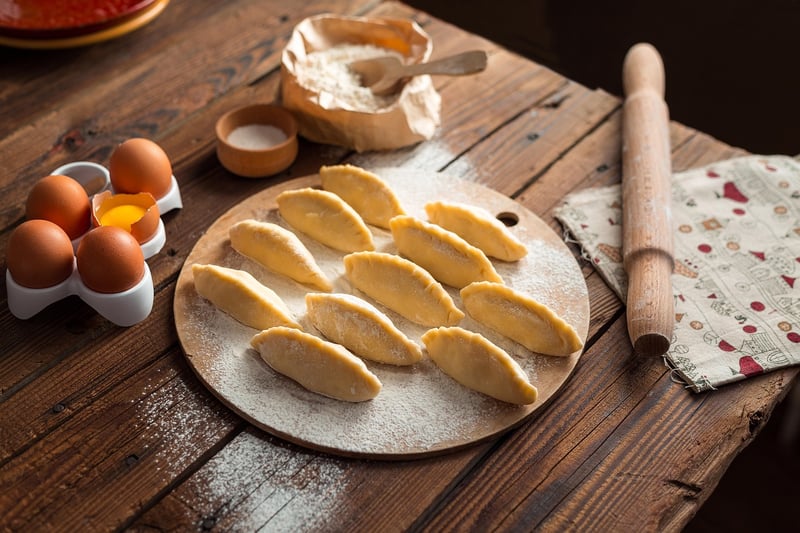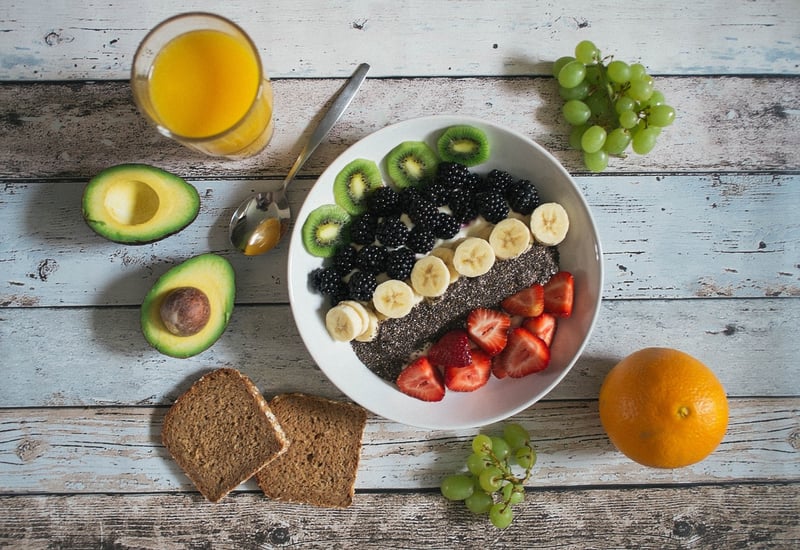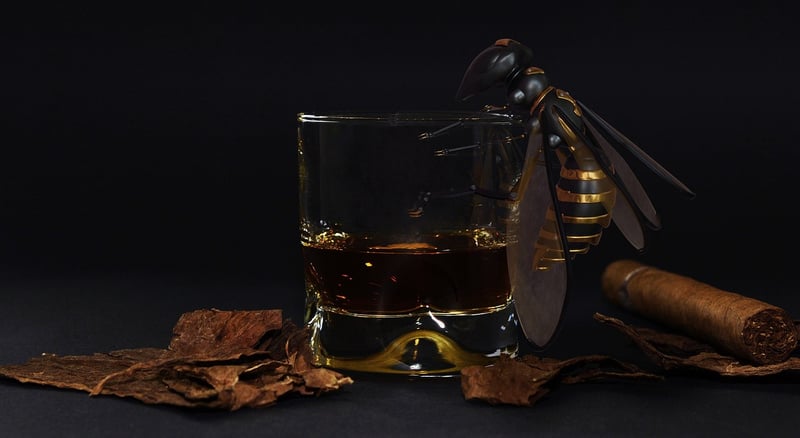Texture Manipulation
Exploring the Science of Food and Texture Manipulation

Food is not just sustenance; it is an art form that involves a deep understanding of science. One crucial aspect of this science is texture manipulation, which plays a significant role in how we perceive and enjoy different foods.
The Importance of Texture
Texture is a key element in the culinary world. It affects not only the mouthfeel but also the overall sensory experience of a dish. Different textures can evoke various emotions and memories, making them a vital part of food preparation.
Texture Manipulation Techniques
There are several techniques chefs use to manipulate textures in food, including:
- Emulsification
- Spherification
- Gelation
- Foaming
Creating Contrast
Texture manipulation allows chefs to create contrast in a dish. Combining crunchy elements with creamy ones or smooth textures with crispy components adds depth and interest to the overall eating experience.
Enhancing Flavors
Texture manipulation can also enhance flavors. For example, a crunchy element in a soup can provide a textural contrast to the soft broth, making the dish more dynamic and enjoyable.

Experimentation and Creativity
Texture manipulation opens up a world of possibilities for chefs to experiment and get creative with their dishes. By playing with textures, they can elevate simple ingredients into extraordinary culinary creations.
Conclusion
Understanding the science of food and texture manipulation is essential for anyone looking to delve deeper into the culinary arts. By mastering these techniques, chefs can transform ordinary meals into extraordinary dining experiences.
So, next time you sit down to enjoy a meal, pay attention to the textures on your plate and appreciate the skill and science that went into creating them.
